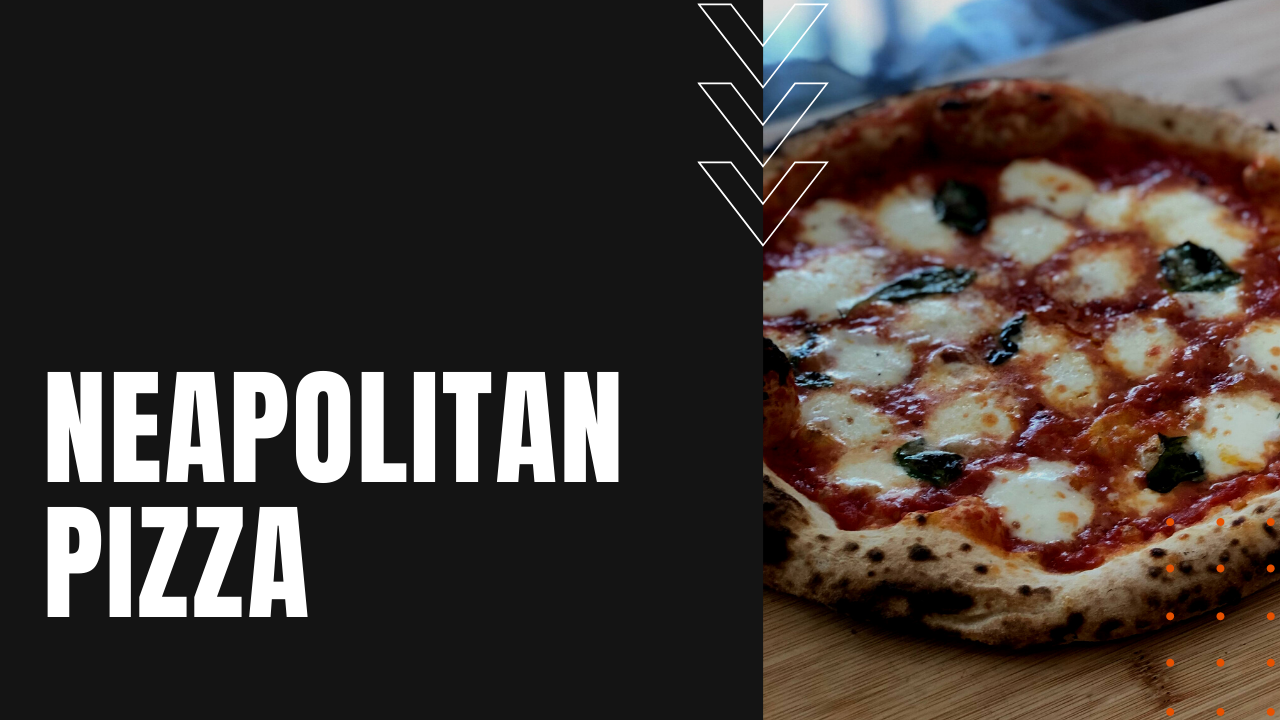Neapolitan Pizza: History, Traditions, and Pizzaioli

When Covid-19 first struck in Italy, the Rome newspaper Il Foglio ran a headline that announced “La morte del bacio,” or “the death of kissing,” leaving Italians to wonder if kissing would go the way of the dinosaur. Down the coast in Naples, or Napoli in the Italian, after restaurants were forced to close twice due to Covid surges, locals wondered if their beloved Neapolitan pizza would suffer the same fate.
Pizza, a Neapolitan Patriarchy
Considered the birthplace and spiritual motherland of pizza, Naples has an estimated 15,000 pizza chefs or Pizzaiolis, and while each pizzaiolo thinks his product is the single best in town, the true elite masters are revered and followed like rock stars. Pizzaioli Frencesco Salvo followed his grandfather, father and two brothers into the profession, and he insists that “the essence of Neapolitan pizza is a family sharing its passion. Your execution must be meticulous,” he goes on, “because if you let quality slip, you are cheating on your family tradition, which is like cheating on your wife.”
Neapolitan Pizza
The classic Neapolitan pizza is as soft and floppy. It’s chewy rather than crunchy, with an almost soupy top, an abundance of scorch marks known as leoparding, along with an airy crosta or crust that places Neapolitan pizza in a league of its own. Neapolitan pizza is not just a source of culinary delight and civic pride, but its preparation is considered an art form recognized by the United Nation’s cultural arm to be an “intangible cultural heritage.”
Evolving from early Greek and Etruscan cultures, the story of pizza dates back to Neolithic times, when pagan tribes baked a crude batter on the stones of their campfires. Pizza restaurants employing Naples’ top virtuoso Pizzaiolis are generally clogged with long lines of customers that trail out the door onto sidewalks all over the bustling and sometimes intimidating city.
While the toppings are important, so is the dough, insists one Pizzaioli master named Pepe.“Year after year I watched my father construct dough from scratch,” he elaborates. “He never wrote anything down for me—he didn’t have to. I know instinctively how dough should feel. Day by day, to suit the weather and humidity, I change the mix, the leaven times, the quantity of yeast. Tactile expertise teaches you it is wet and asking for flour, when it’s stiff and needs to be bathed, when it’s ready to be stretched and no longer wants to be touched,” making the Pizzaioli of Napoli a vital part of Italian culture and cuisine.
